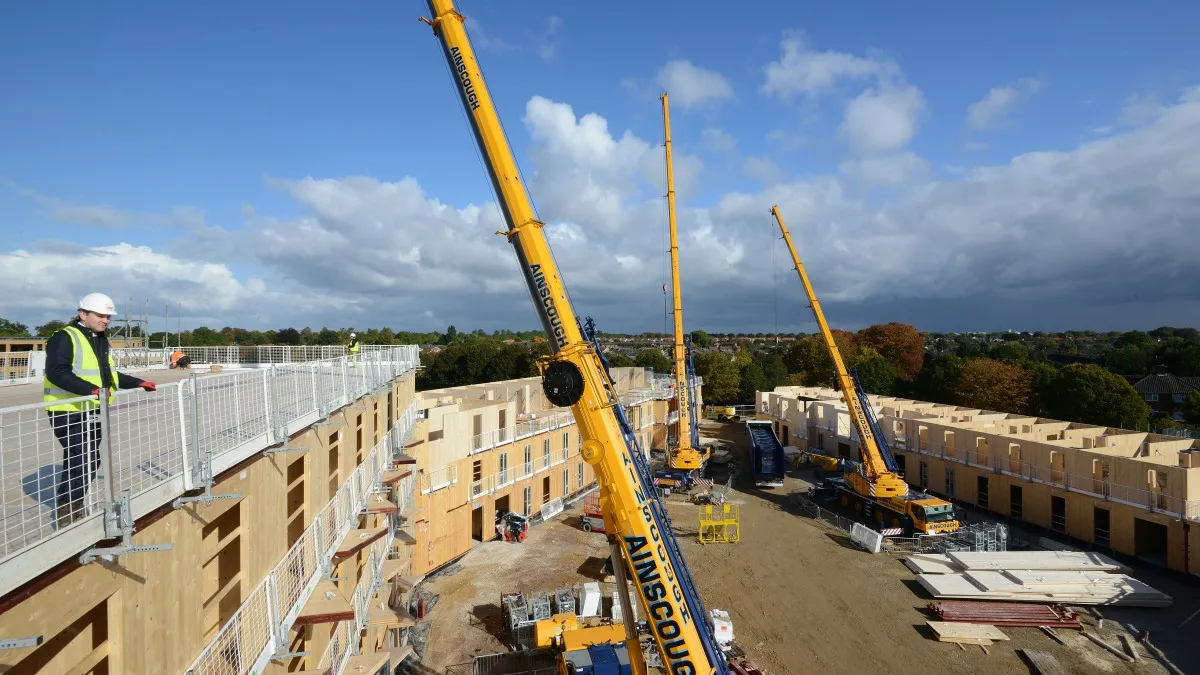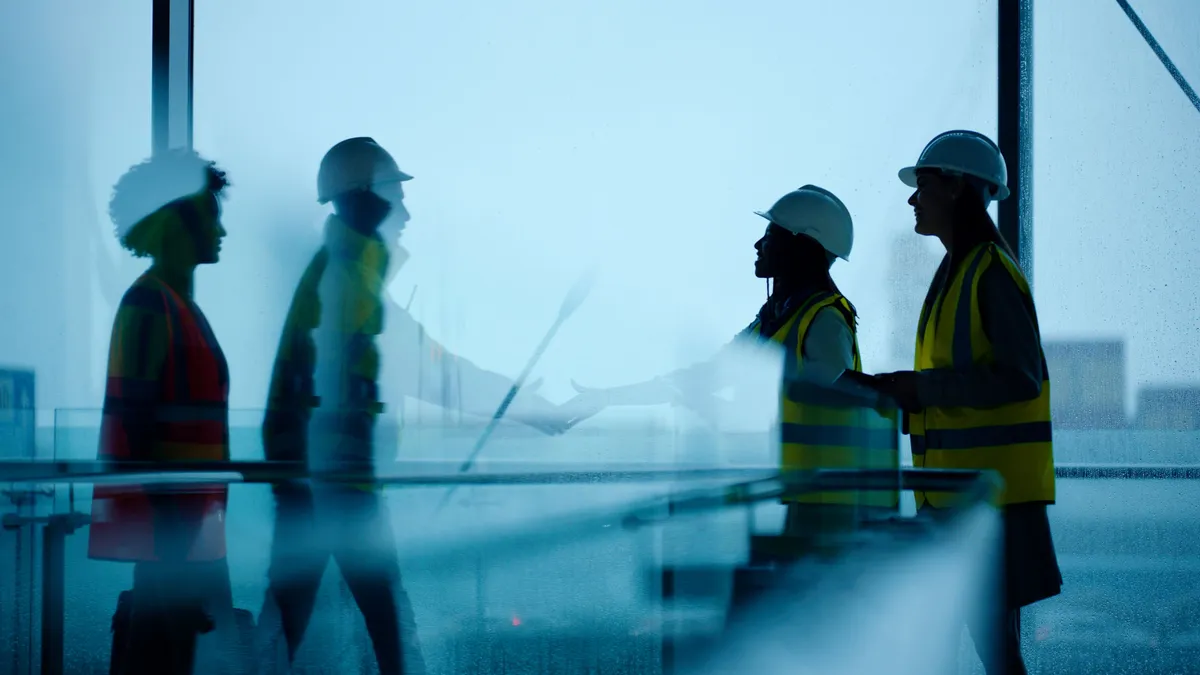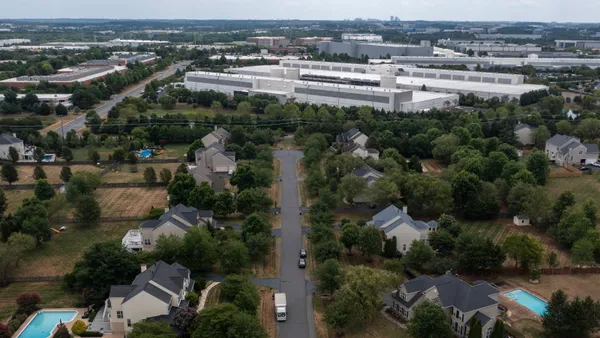Dive Brief:
- Real residential and nonresidential construction investment, adjusted for inflation, was 6.2% of U.S. gross domestic product in 2016, according to the Associated Builders and Contractors, a part of the industry's seven-year economic contribution high.
- The ABC reported that indirect spending as a result of construction activity — furniture and appliances for finished projects, how workers spend their wages — added an estimated 2% to 3% to the overall benefit the construction industry provided to the economy. The Bureau of Economic Analysis' estimate of the value added to national and state GDP, a figure that excludes the cost of materials and certain other purchased services, was 4% in 2016, its highest level since 2008.
- Idaho (+10.7%), Georgia (+9.4%), South Carolina (+9.4%), Florida (9.3%) and Oregon (+9.1%) saw the biggest 2016 increases in real value added from construction, while Mississippi (-2.5%), West Virginia (-7.5%), North Dakota (-10.5%), Wyoming (-11.5%) and Alaska (-13.2%) all experienced the greatest declines. Eighteen states experienced greater growth in 2016 than they did in 2015.
Dive Insight:
If $84 billion in promised Chinese investments comes through, West Virginia could see its real value added from construction increase significantly. China signed a memorandum of understanding with the U.S. earlier this month that would see that country sink money into the state's shale gas and chemical manufacturing industries through a period of 20 years. That move, which needs to be finalized, is considered to be part of China's attempts at securing multiple fuel sources and transitioning to cleaner energy.
Alaska could also benefit from the $250 billion in economic deals President Donald Trump struck on his recent visit to China. The Alaska Gasline Development Corp. is in the process of firming up a $43 billion deal with Sinopec, Bank of China and China Investment Corp. for a trans-Alaska gas line that could create as many as 12,000 construction jobs. Alaska's workers — and economy — would benefit from the construction process, but it is likely that some of the fabrication of modules used for the gas line itself would be manufactured in China.
The U.S. Gulf Coast is also set to see an uptick in construction activity for 2017 as crews work to rebuild after a particularly devastating hurricane season. California has also embarked on a major construction effort after wildfires, according to The Los Angeles Times, destroyed 14,000 homes and generated at least $3 billion in insured losses as of Oct. 31.













